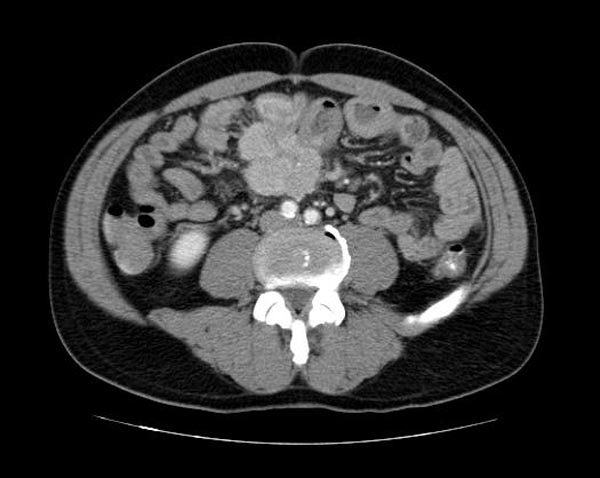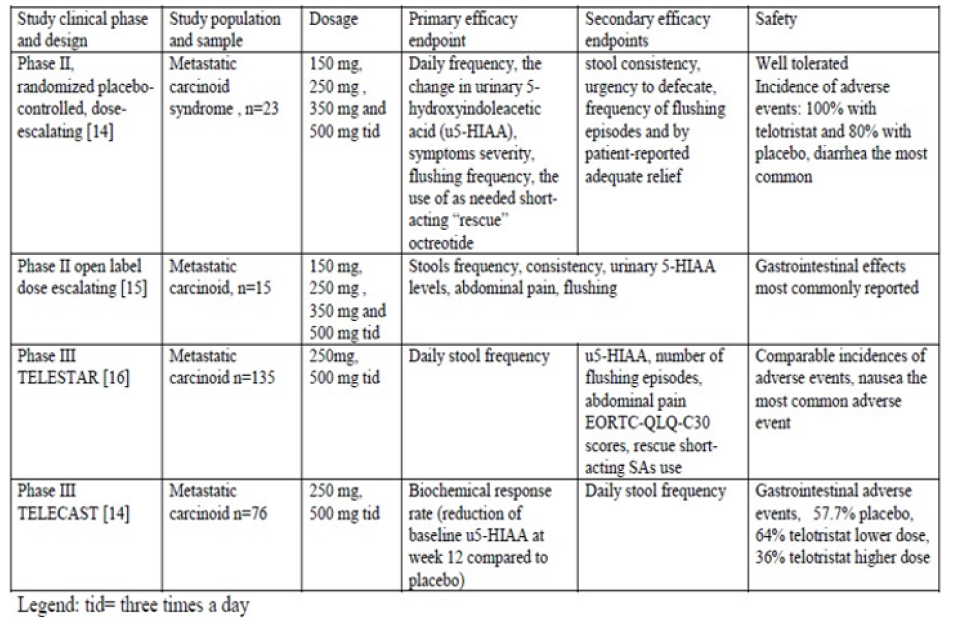Carcinoid syndrome, often abbreviated as CS, is a rare condition that arises due to the presence of neuroendocrine tumors. These tumors, which typically develop in the gastrointestinal tract or lungs, release specific hormones into the bloodstream, leading to a range of symptoms. Although it affects only a small percentage of people with neuroendocrine tumors, understanding this condition is essential for early diagnosis and effective management.

What is Carcinoid Syndrome?
Carcinoid syndrome occurs when neuroendocrine tumors secrete excessive amounts of hormones such as serotonin. These tumors are most commonly found in the small intestine, appendix, rectum, or lungs. The excess hormones released by these tumors can cause a variety of symptoms that affect multiple systems in the body. It is important to note that not all neuroendocrine tumors lead to carcinoid syndrome; the condition typically arises when the tumors have metastasized to the liver.
The liver usually filters out the hormones produced by tumors before they enter systemic circulation. However, when tumors spread to the liver, the organ becomes overwhelmed, allowing the hormones to bypass filtration and circulate throughout the body. This leads to the characteristic symptoms of carcinoid syndrome.
Prevalence and Risk Factors
Carcinoid syndrome is considered rare, affecting fewer than 10% of individuals diagnosed with neuroendocrine tumors. While the exact cause of these tumors remains unclear, certain risk factors may increase the likelihood of developing the condition. These include:
- A family history of neuroendocrine tumors
- Conditions such as multiple endocrine neoplasia type 1
- Smoking and exposure to environmental toxins
- Age, as the risk increases with advancing years
Symptoms of Carcinoid Syndrome
The symptoms of carcinoid syndrome can vary widely depending on the location of the tumor and the specific hormones being released. Some individuals may experience mild symptoms, while others may face severe complications. Below are the most common symptoms associated with this condition:
Flushing
One of the hallmark symptoms of carcinoid syndrome is flushing, which refers to sudden episodes of redness and warmth in the face and neck. These episodes can last from a few minutes to several hours and may be triggered by stress, alcohol consumption, or certain foods. Flushing occurs due to the release of serotonin and other vasoactive substances into the bloodstream.
Diarrhea
Individuals with carcinoid syndrome often experience frequent episodes of watery diarrhea. This symptom is caused by the overproduction of serotonin, which stimulates the intestines and accelerates bowel movements. Chronic diarrhea can lead to dehydration, malnutrition, and electrolyte imbalances if left untreated.
Heart Valve Damage
Prolonged exposure to high levels of serotonin can damage the heart valves, particularly the tricuspid and pulmonary valves. This condition, known as carcinoid heart disease, can result in symptoms such as shortness of breath, fatigue, and swelling in the legs and abdomen. Early detection and treatment are crucial to prevent further complications.
Wheezing and Breathing Difficulties
Some individuals with carcinoid syndrome may experience wheezing or difficulty breathing, especially if the tumors are located in the lungs. These symptoms are often mistaken for asthma or other respiratory conditions, which can delay proper diagnosis.
Abdominal Pain and Cramping
Abdominal pain and cramping are common complaints among those with carcinoid syndrome. These symptoms are often linked to the presence of tumors in the gastrointestinal tract and the effects of serotonin on the digestive system.
Diagnosing Carcinoid Syndrome
Diagnosing carcinoid syndrome can be challenging due to the nonspecific nature of its symptoms. Many of the signs, such as flushing and diarrhea, overlap with other medical conditions, making it difficult to pinpoint the underlying cause. A thorough evaluation is necessary to confirm the diagnosis and determine the extent of the disease.
Blood and Urine Tests
One of the primary diagnostic tools for carcinoid syndrome is measuring the levels of serotonin and its metabolites in the blood and urine. Elevated levels of 5-hydroxyindoleacetic acid, a breakdown product of serotonin, are often indicative of the condition. These tests provide valuable information about hormone production and help guide treatment decisions.
Imaging Studies
Imaging studies such as CT scans, MRI, and PET scans are used to locate the tumors and assess whether they have spread to other parts of the body. These tests are essential for staging the disease and planning appropriate interventions.
Biopsy
In some cases, a biopsy may be performed to obtain a tissue sample from the tumor. This allows healthcare providers to examine the cells under a microscope and confirm the presence of neuroendocrine tumors. Biopsies are typically guided by imaging techniques to ensure accuracy.
Treatment Options for Carcinoid Syndrome
The treatment of carcinoid syndrome focuses on managing symptoms, reducing hormone production, and addressing the underlying tumors. A multidisciplinary approach involving oncologists, endocrinologists, and other specialists is often required to provide comprehensive care.
Surgical Removal of Tumors
If the tumors are localized and have not spread extensively, surgical removal may be an option. Surgery aims to eliminate the source of hormone production and alleviate symptoms. In cases where the tumors have metastasized, debulking surgery may be performed to reduce the tumor burden and improve quality of life.
Medications to Control Hormone Production
Several medications are available to help control the symptoms of carcinoid syndrome by inhibiting hormone secretion. Somatostatin analogs, such as octreotide and lanreotide, are commonly prescribed to reduce the release of serotonin and other vasoactive substances. These drugs can also help shrink tumors in some cases.
Treatments for Carcinoid Heart Disease
For individuals with carcinoid heart disease, medications such as diuretics may be prescribed to manage fluid retention and reduce strain on the heart. In severe cases, surgical repair or replacement of damaged heart valves may be necessary to restore normal function.
Radiation Therapy and Chemotherapy
Radiation therapy and chemotherapy may be used to target tumors that cannot be surgically removed. These treatments aim to slow tumor growth and reduce hormone production. However, their effectiveness varies depending on the size, location, and aggressiveness of the tumors.
Lifestyle Modifications
In addition to medical treatments, lifestyle modifications can play a significant role in managing carcinoid syndrome. Avoiding triggers such as alcohol, spicy foods, and stress can help reduce the frequency and severity of symptoms. Maintaining a balanced diet and staying hydrated are also important for overall health.
Living with Carcinoid Syndrome
Living with carcinoid syndrome can be challenging, but with proper care and support, individuals can lead fulfilling lives. Regular follow-up appointments with healthcare providers are essential to monitor the condition and adjust treatment plans as needed. Support groups and counseling services can also provide emotional support and practical advice for coping with the challenges of the disease.
Importance of Patient Education
Educating patients about their condition is a critical component of managing carcinoid syndrome. Understanding the symptoms, treatment options, and potential complications empowers individuals to take an active role in their care. Healthcare providers should encourage open communication and address any concerns or questions that arise during the treatment process.
Emerging Research and Future Directions
Ongoing research into the biology of neuroendocrine tumors and carcinoid syndrome holds promise for new treatment options in the future. Advances in targeted therapies, immunotherapy, and personalized medicine may improve outcomes for individuals with this condition. Staying informed about the latest developments can help patients and their families make informed decisions about their care.





